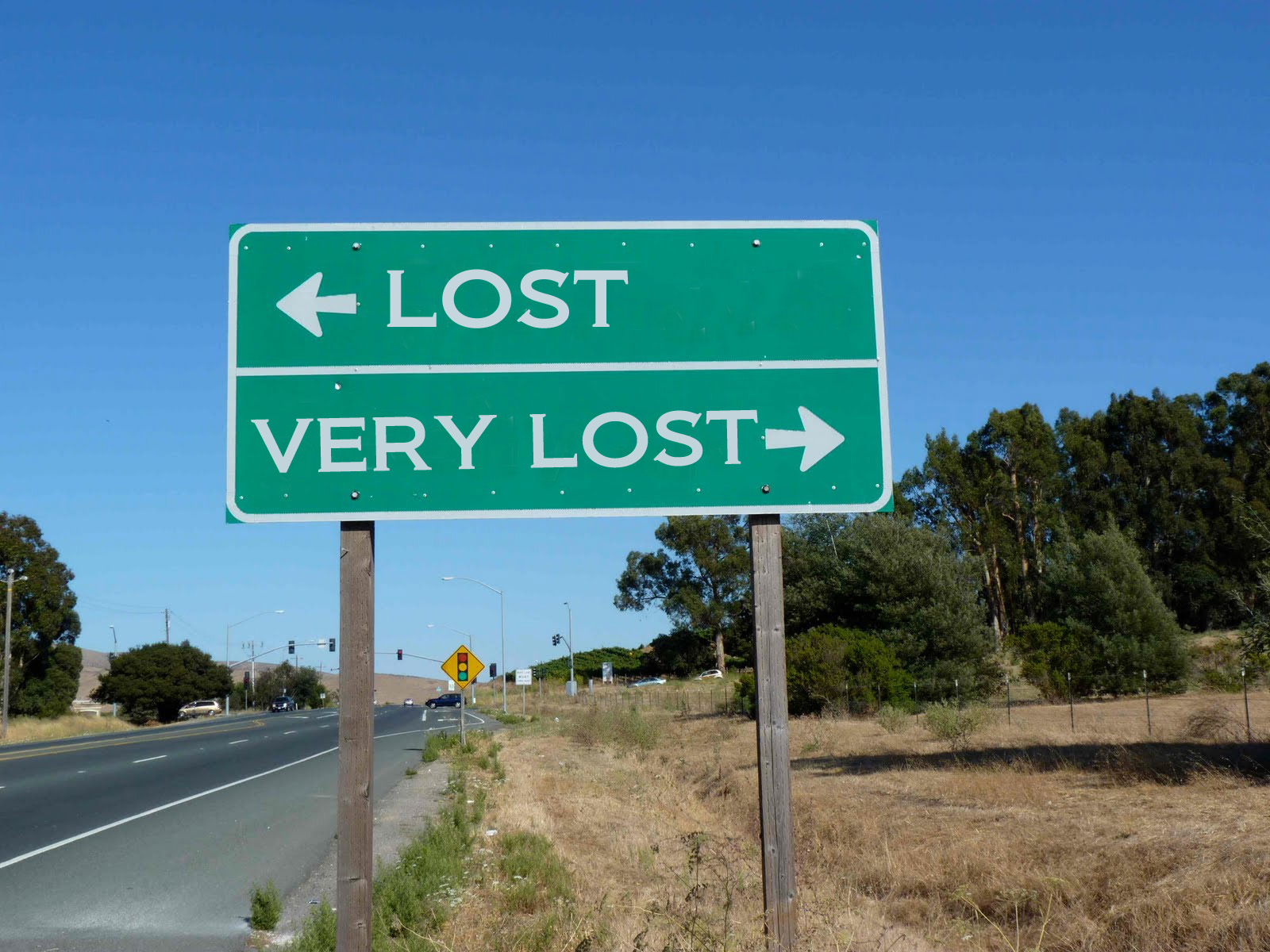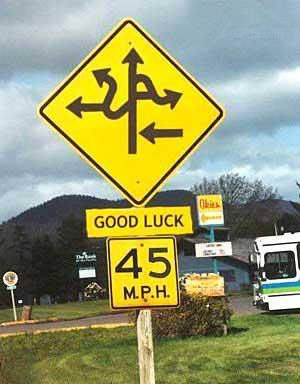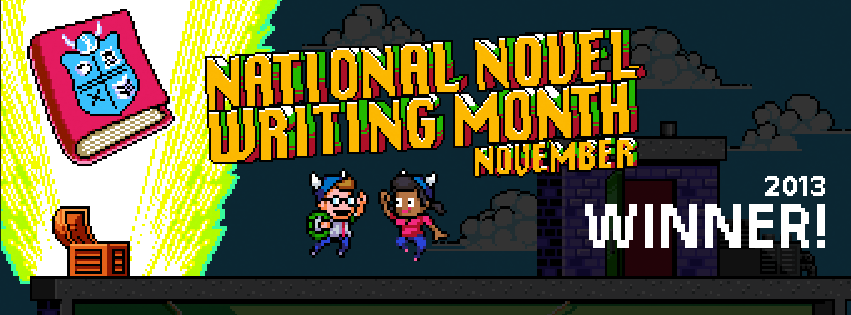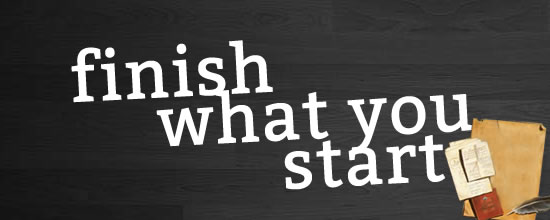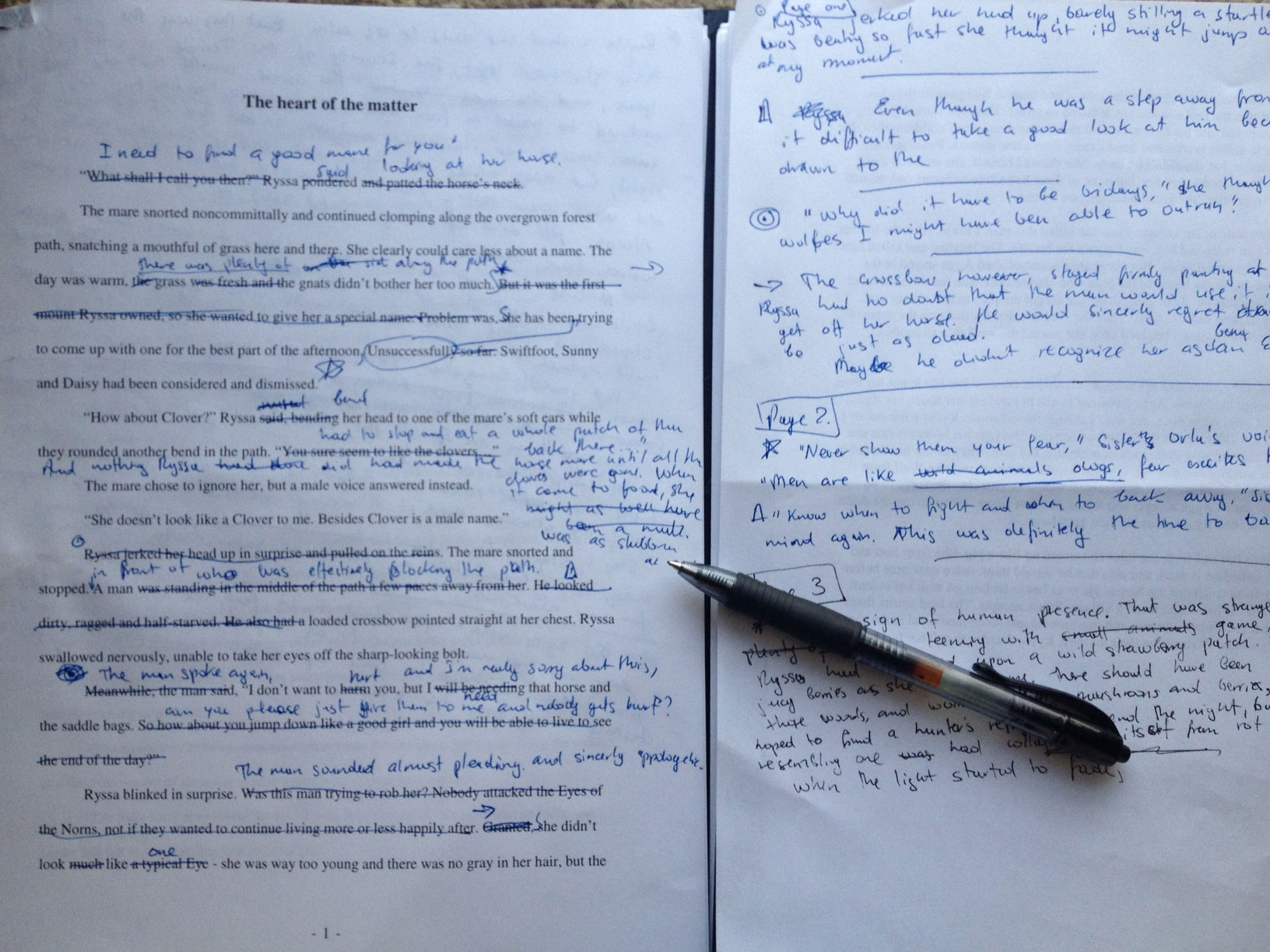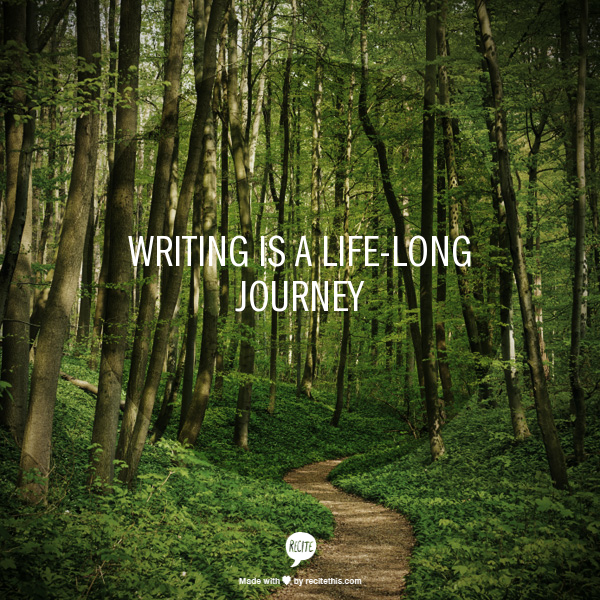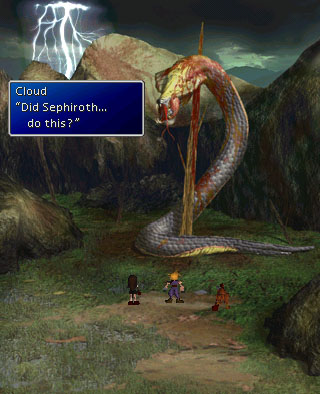NaNoWriMo is just around the corner, and I’m sure that most of you are excited about diving right in and getting a start on your novel. So I’m not going to bore you with another long post about how to prepare for NaNo, or what I learned from my past NaNo experience, blah, blah, blah.
The next month will be a wonderful, but also tiring experience for everyone trying to put 50k words on page in 30 days. There will be days when words fly faster than you can write them and you get 2k down in an hour with no visible effort. Then there would be days when writing even 100 words feels like a gargantuan effort, and every one of them feels like it was written with your own blood. There will be days when you will be motivated and days when you will feel like giving up.
So I thought about what had helped me stick through the worst moments of self-doubt and discouragement and motivated me to keep going last year. The answer was simple: encouragement from fellow writers.
That’s why I created a list of blog posts about NaNoWriMo that I found useful, funny and motivating. I would encourage you to bookmark them and reread them any time you feel like you need a pep talk during the cold month of November. I know I will be revisiting them frequently.
- First, a little bit of shameless self-promotion. Last year I had written a post about what helped me stick to my goals during NaNo. I would recommend reading it around week two, when the dreaded burnout starts – NaNoWriMo – 15 days to go.
- If you need a good laugh and also a boot in the butt advice to keep going, check out this older post by Chuck Wendig – 25 Things you should know about NaNoWriMo. I love Chuck for his humor, but be advised that the language he uses is definitely not PG-13.
- Now, if you need to go deeper into the nuts and bolts of writing your novel, here is a very good guest post by Piper Bayard on Kristen Lamb’s blog about backstory and how much the writer has to disclose and what to keep away from the reader – Backstory: The More You Know, The Less I have to.
- And speaking of writing that first draft, here is an excellent post by Kristen Lamb herself about turning off your inner editor during NaNo – Write Fast and Furious! Learning to Outrun “The ?Spock Brain.“
- If you write your story from the point of view (POV) of several characters, here is a wonderful post by Jami Gold about which POVs we should use when and how to switch between them without confusing your reader – Ask Jami: Whose Point of View Should We Use?
- I try to stick to the advice of “show, not tell,” when I write. So this post by Amy McElroy about integrating all the five senses in our writing was very useful – Sensory Description: Deep Beyond the Five Senses We Learned in Preschool.
- We all love our protagonists (otherwise why would we want to write about them in the first place?), but we need to be careful not to make them too much like ourselves. So here is a good post by Anne R Allen about that – 5 Protagonists Riders Hate: Why Writers Shouldn’t Identify too Closely with a Main Character.
- And let’s not forget to stay healthy during November madness. So here is a nice infographic article by YogaDork – “Pose before Prose” Yoga for Writers.
- Since writing 50k words takes a lot of your free time, cleaning, cooking and having a social life will be next to impossible. So here is a nice link for Easy Recipes for NaNoWriMo on Pinterest.
- Last but not least, is the NaNoWriMo site. It’s full of useful resources, how-to guides, pep talks and most of all, all the other wonderful wrimos attempting this challenge with you. Browse, read, visit the forums, find writing buddies, but most importantly, communicate with others. They will be your best cheerleaders, your most devoted fans and a shoulder to cry on when you feel discouraged.
Here you go, I hope this list will be useful to you guys! Feel free to share more useful links in the comments. I’m always looking for good posts to motivate me and help me improve my craft.



